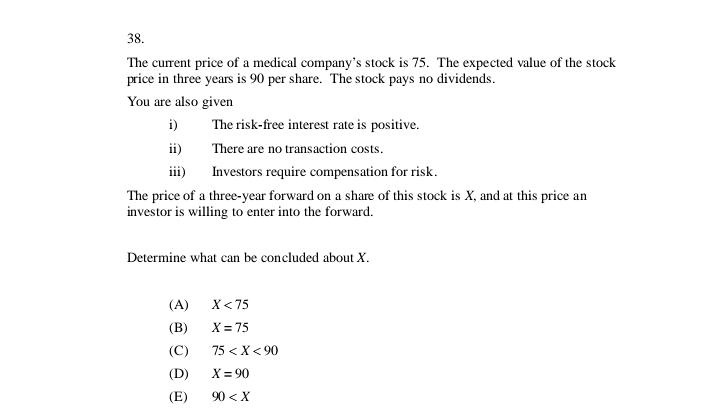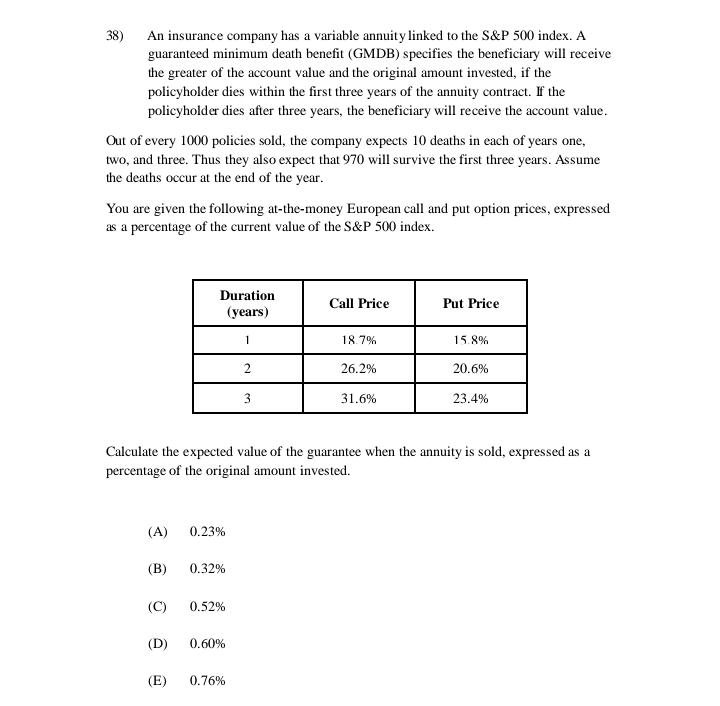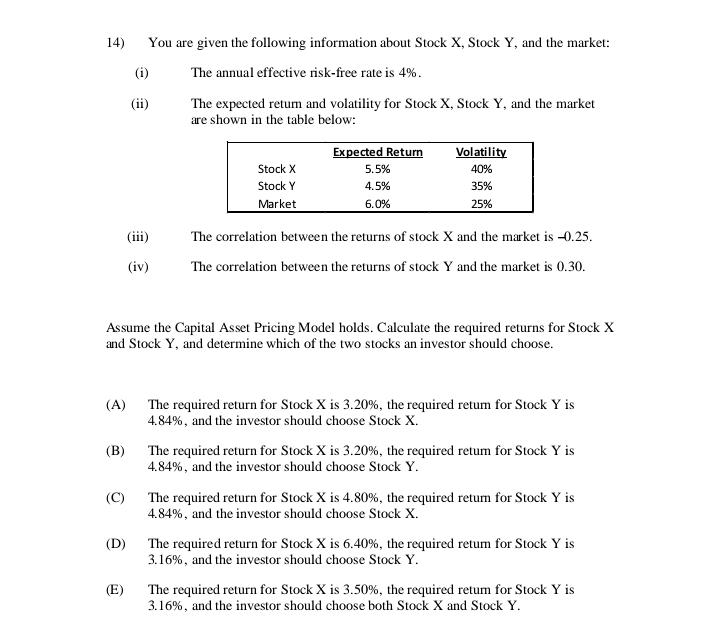Econ answer all.
Question 3 In public economics, we are often interested in transfer programs that maximize some social welfare function. For the current exercise, we will be interested in maximizing a utilitarian social welfare function, which is equivalent to maximizing the utility of a randomly chosen individual. Suppose a random process assigns individuals different characteristics that affect their ability to earn income. If these random characteristics were observable, the government could use these characteristics as a basis for lump sum transfers and achieve the first best outcome (see the discussion in the course textbook at the beginning of section 17.4). In practice, however, we can only observe rough indicators of these characteristics, such as income. The challenge is to design the best transfer program based only on these indicators, yielding what we call the "second best" solution. In this problem, we will consider a world where people choose to spend some of their time in leisure / and the remainder of their time (1 -/) to earn an income Y (the maximum available leisure has been normalized to be 1). We will assume that all individuals in our society have a common utility function U(C, /) with consumption and leisure as arguments. If a person receives a wage w, income and leisure are related by Y = (1-[) - w. Consumption is equal to earned income Y plus any government transfers , so that C = Y + T. Thus, the utility function can be written simply U(C, D) = U(Y +T, 1-Y/w) The particular form of the utility function has intentionally been left unspecified, but in the following problems you should draw your plots for a well-behaved utility function that features a believable trade-off between consumption and leisure. It is sufficient to solve everything drawing graphs only-no need for a mathematical representation of the utility function. 1. Plotting the utility function for a single individual. (a) Suppose there are no government transfers (7 = 0). Plot utility vs. income for a given individual (i.e. U on the y-axis, and Y on the x-axis). Discuss how the shape of the utility curve relates to decreasing returns and to the resulting trade-off between consumption and leisure. Mark the individual's optimal choice of earned income.38. The current price of a medical company's stock is 75. The expected value of the stock price in three years is 90 per share. The stock pays no dividends. You are also given The risk-free interest rate is positive. ii) There are no transaction costs. ifi) Investors require compensation for risk. The price of a three-year forward on a share of this stock is X, and at this price an investor is willing to enter into the forward. Determine what can be concluded about X. (A) X












